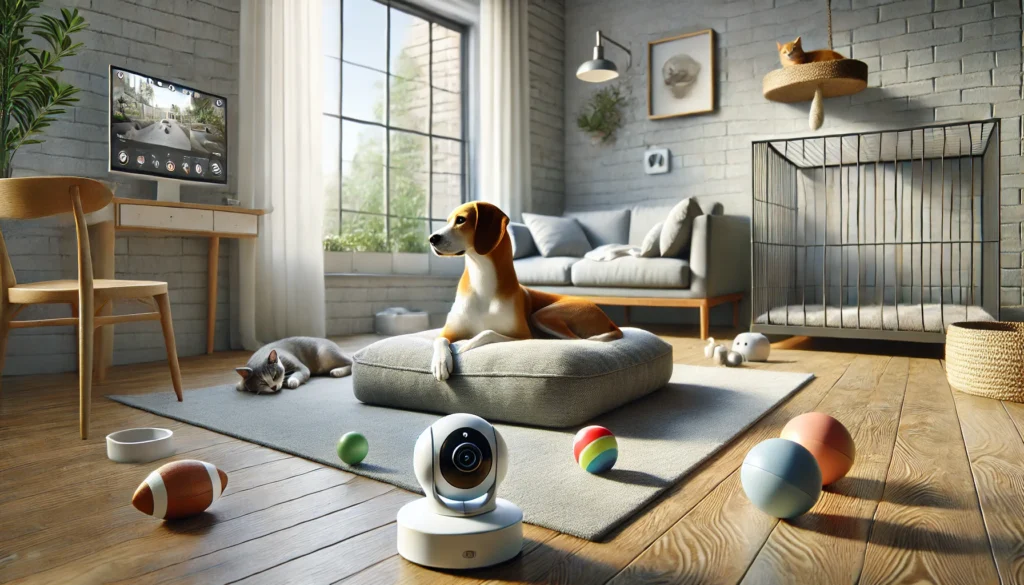Pets are social by nature, so being left alone indoors for hours can be stressful — especially for animals not used to solitude. Whether you’re heading to work, school, or running errands, it’s important to help your pet feel secure and calm when you’re not around.
Veja como preparar seu cão ou gato para ficar bem quando estiver sozinho dentro de casa.
Start With Short Absences
If your pet is new to alone time, ease them into it.
- Begin by leaving the room for a few minutes at a time.
- Slowly extend the time you’re away — 15 minutes, then 30, then an hour.
- Don’t make a big deal out of leaving or returning.
This helps your pet understand that you’ll always come back.
Create a Safe and Comfortable Space
Give your pet a cozy, familiar zone to relax in while you’re gone.
- Set up a quiet area with their bed, toys, and water.
- Use a crate (for dogs who are crate-trained) or close off a safe room.
- Avoid full access to the entire home at first — more space can increase anxiety.
Consistency is key — always use the same space when you leave.
Use Soothing Background Noise
Silence can make pets feel isolated. Calm sound helps reduce stress.
- Leave on soft classical music or white noise.
- Use pet-calming playlists or TV channels made for pets.
- Avoid high-volume or jarring sounds.
The right sound environment helps pets feel less alone.
Offer Distractions
Mental stimulation keeps your pet busy while you’re out.
- Use food puzzle toys, treat-dispensing balls, or slow feeders.
- Hide a few treats around the room for them to discover.
- Freeze peanut butter or wet food in a Kong toy for longer engagement (for dogs).
Rotate enrichment items to keep things interesting.
Don’t Overdo Goodbyes or Hellos
Emotional greetings can increase separation anxiety.
- Keep your departure low-key — a calm “see you later” is enough.
- When you return, wait a few minutes before greeting your pet excitedly.
- Reinforce calm behavior instead of dramatic reactions.
Neutral interactions teach your pet that alone time is normal.
Monitor Behavior With a Pet Camera (Optional)
For pets that struggle with separation, a camera helps you track progress.
- Use it to watch for signs of stress like pacing, barking, or destruction.
- Some cameras have microphones or treat dispensers to soothe from afar.
- Don’t use the camera to scold — only to observe or calm gently.
This can guide your training efforts effectively.
Leave Your Scent
Your scent is deeply comforting to your pet.
- Place a worn T-shirt or blanket with your smell in their rest area.
- Avoid freshly washed items — use something that smells like you.
Familiar scent reduces anxiety and builds security.
Stick to a Schedule
Routine helps your pet predict and prepare for time alone.
- Leave and return at similar times when possible.
- Keep feeding, potty breaks, and walks on a consistent schedule.
- Routine builds confidence and reduces uncertainty.
Even small rituals help pets feel in control of their day.
With time, patience, and a little planning, your dog or cat can learn to enjoy — or at least tolerate — quiet alone time indoors. A confident, independent pet is a happier one, even when you’re not home.






